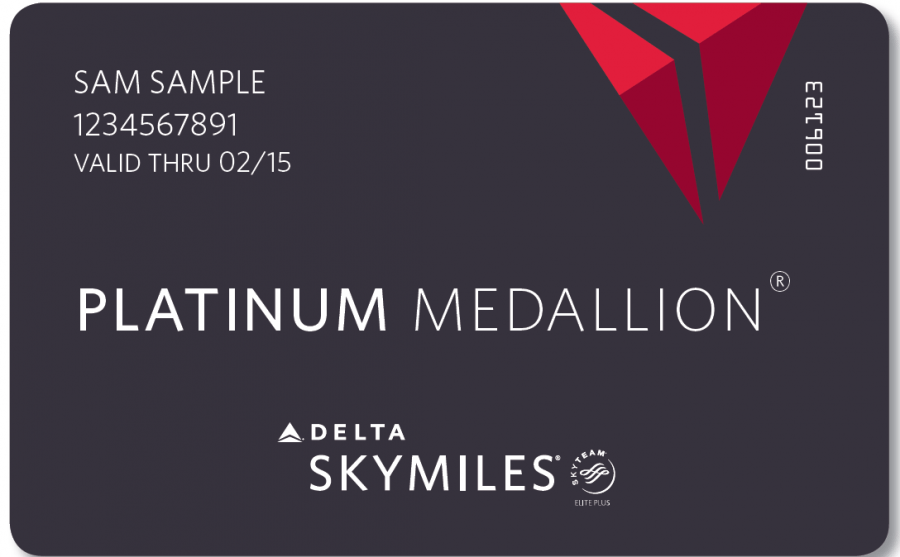Skift Take
What will the next generation of loyalty programs look like? We're just getting started.
All three major legacy U.S. carriers have converted over to revenue-based programs for awarding frequent flyer miles as of today.
AAdvantage, American Airline’s loyalty program, made the official switch this morning after announcing wholesale changes in June. It is the last of the major carriers to make the transition.
Together, American, Delta Air Lines, and United Airlines now allocate miles or points nearly identically based on the cost of the ticket purchased and the elite status of the passenger. Base members of each program earn five miles per dollar spent on a ticket, while highest-tier elite members cascade up to eleven miles per dollar.
By this calculation, most of the traveling public purchasing the lowest cost ticket will now end up earning fewer miles. A $300 one-way ticket from San Francisco to Newark, for example, previously earned 2,560 miles based on the distance between the two airports. Now, it earns 1,500 miles for base members. Top-tier elite members flying over 100,000 each year, on the other hand, get a slight edge by earning 3,300 ($300 multiplied by 11) miles.
It’s easy to see that the new system is stacked in favor of passengers who buy expensive tickets and have elite status. But it’s also built to globally award fewer miles to the loyalty community and reduce the liability on the airlines’ books. Over the last several years, loyalty programs and elite members swelled as airlines worked to earn return customers and fight off the recession. Now, with fuel costs low and profits more robust, airlines can afford to offer fewer incentives to loyalty program members.
That approach is also evident in the way that airlines are now structuring the path towards elite status. Recently, the big three legacy carriers moved to incorporate tiered, minimum spend requirements in order to unlock the perks of elite status, requiring passengers to spend up to $15,000 each year along with flying 100,000 miles. While that requirement isn’t much for the average business traveler, for those on a budget, elite status is now near unattainable.
For many, American’s move to the new program now officially ends the era of traditional airline loyalty as it cedes to the new wave of revenue-centric models. Those with deeper pockets may still find a way to earn and burn miles like yore, but for those who travel on a shoestring, the day of reckoning has arrived.
The Daily Newsletter
Our daily coverage of the global travel industry. Written by editors and analysts from across Skift’s brands.
Have a confidential tip for Skift? Get in touch
Tags: airline miles, frequent flyer miles, loyalty
